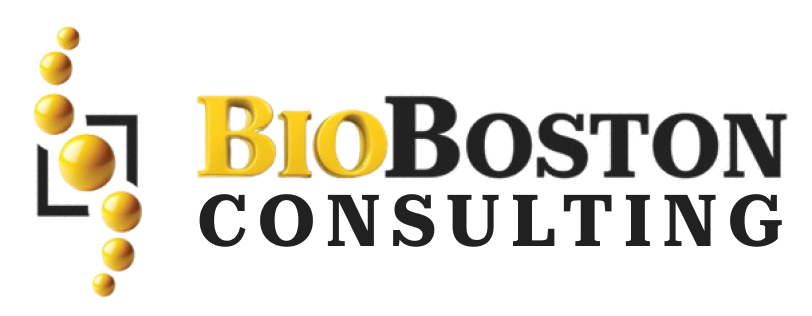The healthcare industry has always benefited from technological innovations, from the earliest tools like the stethoscope to cutting-edge systems like MRI scanners and robotic surgery platforms. As technology continues to evolve, so too does its impact on the medical field, offering new solutions to improve patient care and outcomes. Today, software plays a critical role in advancing healthcare, specifically in the form of Software in Medical Devices (SiMD) and Software as a Medical Device (SaMD). Understanding these two categories is essential for navigating the modern healthcare landscape. This article will explore the differences between these two types of medical software and how they contribute to medical device technology.
What is Software in a Medical Device (SiMD)?
Software in a Medical Device (SiMD) refers to software that is embedded within a physical medical device, essential for the device’s operation. This software is tightly integrated with hardware and directly impacts the device’s functionality and performance. Without it, the device would not function as intended.
Examples of SiMD
- Infusion Pumps: Firmware controlling the dosage and timing settings.
- Ultrasound Machines: Software processing and enhancing real-time images.
- Blood Analysis Systems: Operating system that manages tests and interprets data.
These devices rely on their embedded software to ensure accuracy and efficiency, making them indispensable in modern healthcare.
What is Software as a Medical Device (SaMD)?
Software as a Medical Device (SaMD) is software specifically designed for medical purposes, which operates independently of any hardware. It can be deployed on various platforms such as smartphones, desktop computers, or cloud-based systems, and is not tied to any specific medical device.
Examples of SaMD
- Diagnostic Apps: Software that interprets imaging data to detect conditions like cancer.
- Decision Support Software: Analyzes patient data to recommend medication dosages.
- Health Monitoring Apps: Track and manage health conditions like diabetes or heart disease.
SaMD offers flexibility and can be easily updated or modified, allowing for rapid deployment in clinical settings.
Key Differences Between SiMD and SaMD
Understanding the distinctions between SiMD and SaMD is crucial for healthcare providers, device manufacturers, and developers alike. Here is a breakdown of their primary differences:
Functionality
- SaMD: Operates independently and performs medical functions through software alone on general computing platforms.
- SiMD: Integrated into medical devices and plays a critical role in the device’s performance and functionality.
Project Complexity
- SaMD: Often simpler projects focused solely on software development, used across multiple platforms.
- SiMD: Involves more complex integration between software and medical hardware, requiring specialized development efforts.
Regulatory Oversight
- SaMD: Subject to software-specific regulations to ensure its safety and efficacy in medical applications.
- SiMD: Regulated not only for the software but also for how it interacts with medical device hardware, adding a layer of complexity in compliance.
Development & Deployment
- SaMD: Agile development process with easy updates, deployed across a variety of platforms.
- SiMD: Requires both hardware and software development, leading to longer deployment times and more intricate updates.
Risk Classification
- SaMD: Risk is evaluated based on the software’s impact on patient health.
- SiMD: Risks are assessed based on both the software and hardware’s interaction, potentially leading to higher risk factors.
SBOM Requirements for SaMD and SiMD
Both SiMD and SaMD are subject to the Software Bill of Materials (SBOM) requirements. An SBOM is a nested inventory listing all the components, including open-source and third-party elements, within the software. It ensures transparency and helps organizations secure their applications.
SBOM includes:
- Data Fields: Information about components such as supplier, version, and unique identifiers.
- Automation Support: Enables automatic generation and machine-readability for scaling across the software ecosystem.
- Practices and Processes: Defines how SBOMs should be requested, generated, and used, ensuring consistent management of medical device software.
Both SiMD and SaMD must comply with SBOM requirements to ensure proper transparency and security.
Conclusion: Navigating the Future of Medical Software
SiMD and SaMD are driving innovation in healthcare, each addressing different needs and transforming how medical professionals diagnose, treat, and manage patient health. While SiMD integrates into medical devices to enhance their functionality, SaMD operates independently to provide diagnostic, therapeutic, and monitoring capabilities on various platforms. Both types of software are subject to rigorous regulatory frameworks, including SBOM requirements, to ensure their safety, efficacy, and security.
For healthcare providers and device manufacturers, understanding these distinctions is critical to optimizing development processes, ensuring compliance, and improving patient care.
Get Expert Guidance from BioBoston Consulting
At BioBoston Consulting, we specialize in helping medical device manufacturers and healthcare organizations navigate the complexities of SiMD and SaMD. Whether you are developing software for a new medical device or working on a standalone medical application, our team of experts can assist with compliance, regulatory strategies, and cybersecurity.
Contact BioBoston Consulting today to discuss how we can support your medical technology journey and help you meet all regulatory requirements while delivering innovative healthcare solutions.

